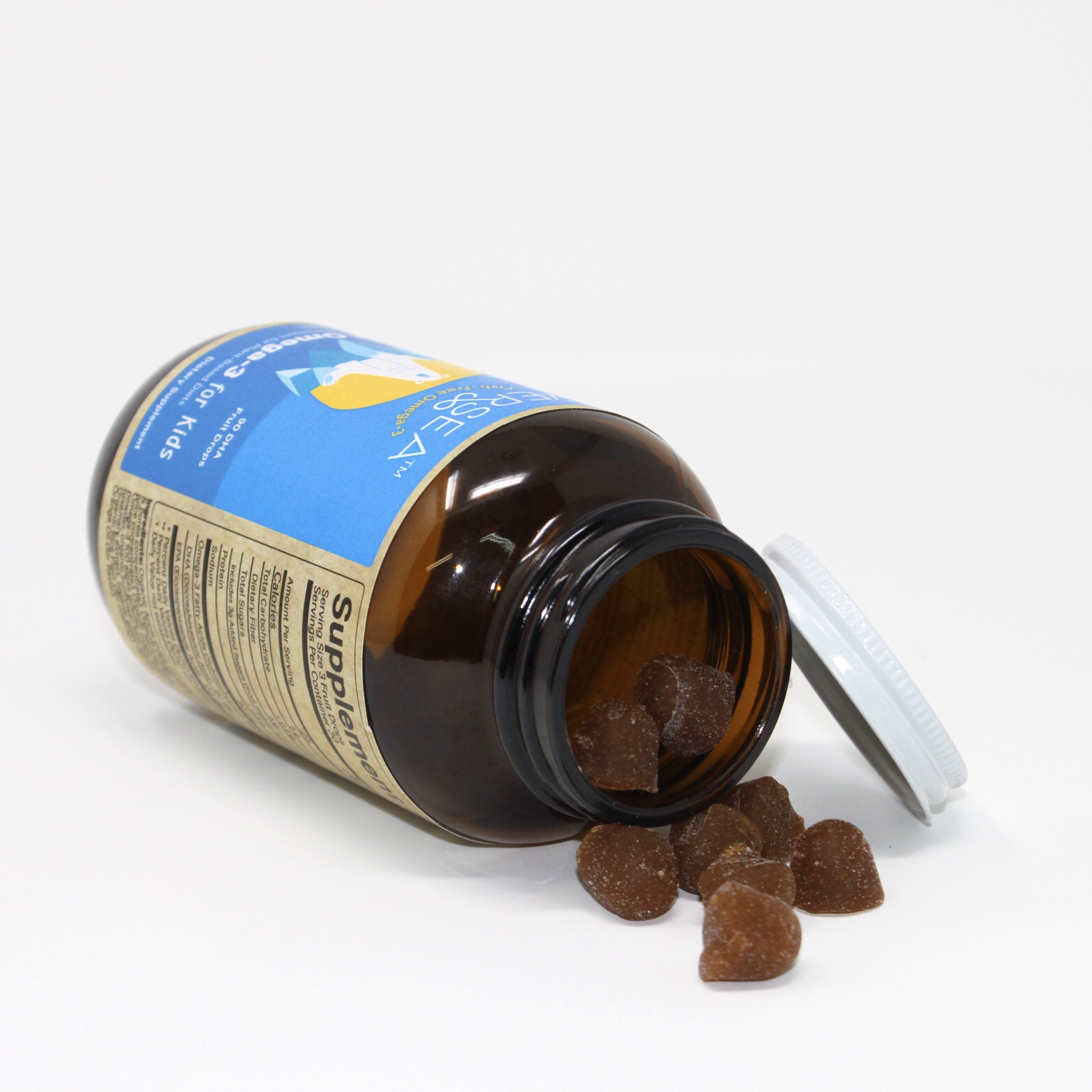
Our Platform
With extensive research and a proven record of achievements in the biologic field, we utilize the proprietary technologies to produce a variety of environmentally sustainable biological product types.
Human Nutrition
SVS has developed, patented, and acquired FDA approval for the world’s only Omega-3 that is ocean-based (DHA & EPA) and organic. The products are produced without chemicals, solvents, and/or heavy processing that degrade the nutritional benefits. This preservation of the natural triglyceride form of the Omega-3 oils provides a pure and highly bioavailable health product. The use of microalgae and a sterile growing environment offers a plant-based and sustainable a product while avoiding ocean-based toxins/pollutants or residual processing solvents.
Key Facts:
42.7% of Canadians are at high risk for developing heart disease due to low Omega-3 consumption (Statistics Canada, 2016).
78% of the Canadian children studied are Omega-3 (EPA &DHA) deficient (University of Guelph study, 2009).
(USA numbers are expected to be similar)
Market Overview:
Global Consumer spending on Omega-3 is in excess of $20 billion – GEOD numbers US dollars with geographic allocation of North America 43%, Europe 26%, and Asia Pacific 26%.
Market Segment Estimates are: Prenatal $300 million, Infant $11-$12 Billion, Child $4-$6 Billion, and Adult $5 -$7 Billion.
Our Approaches & Strategies:
Go to Market Methods:
- Bulk ingredient for the global infant and baby food market and for organic food processors.
- Online sales of finished nutraceuticals.
- Patented and differentiated co-packed house-branded products for American and Canadian high volume retailers and whole food/organic oriented chains.
SVS has obtained a FDA NDI (new dietary ingredient) license so the company will target the American market first in different approaches – nutraceuticals, house brands, and ingredients (baby & organic food enhancement).
Customers can now protect and enhance their and their family’s health without the worry accompanying wholesale ocean harvests, synthetic industrial processing, and daily consumption of residual solvents and toxic ocean pollutants. They can make their purchase decision with the confidence that they are making the wholesome and ethical choice.
Active Ingredients
The company and its managements’ extensive experiences in biology, regulatory, and quality systems lead it to focus on algae to address the supply of complex active ingrediants for human health.
Cannabinoids (CBD) in Algae
The current project of SVS focuses on cannabinoids. SVS approached and partnered with FSD Pharma to implement a research and development program to produce CBD, CBG and THC.
Cannabinoids (CBD), an isomer of THC, has attracted attention for its pharmacological properties. It has been reported that CBD is a potent antioxidative and anti-inflammatory agent, in addition to its role in similar applications to those proposed for THC. However, this cannabinoid does not activate cannabinoid receptors in appetite, pain perception, and mood. Therefore, it is considered to be more as a medical tool rather than as a recreational drug.
The R&D department has mapped out a clear path forward based on their previous success in expressing highly complex proteins.
Algae-the Ideal Expression Platform
Algae have much of the cell machinery of higher plants and have demonstrated substantial advantages as a biopharmaceutical production platform. The uses of E.coli, cell culture systems, and even yeast production have limitations that algae overcome. Some of these are:
- High safety profile, no known pathogens or prions
- High density culture is established – two times that of yeast
- React quickly to market demands due to short production cycle
- The whole cell can often be utilized – e.g. chlorella and spirulina
- Algae cells can contain 50% oil by weight
Bone Morphogenetic Protein (BMP)
SVS has successful produced Bone Morphogenetic Protein (BMP) in micro algae with the efficacy confirmed (in equine cells) by the Atlantic Veterinary College UPEI.
Human Recombinant Bone Morphogenetic Protein-2, rhBMP2, is known to be an effective treatment for repairing bone fractures. Current commercial production methods of rhBMP2 use a bacterial, fungal and or human host cell for production. Post-processing of protein purified from these hosts can lack bioactivity and therefore must be extensively processed before it becomes active, adding significant cost to the final product. Algae overcomes this shortcoming by producing BMP in its natural state – bioactive 3D quality that avoids the extensive downstream processing.
Clean Energy
No single product touches humanity in more way than energy. We can’t live without it but it’s changing our environment to a point of where CO2 levels are threatening our health, our weather, and our oceans at a global scale. Progress has been made with convention solar, wind, and BEVs but it will take a lot more and we are certain that hydrogen will play an enormous roll. Hydrogen has the potential to cure the worst of BEV’s (Battery Electric Vehicle) problems – weight, toxic disposal problem, dangerous minerals (cobalt and cadmium), and refill times.
Solarvest’s solar harvesting technology uses the sun, algae, and water to produce clean fuel with no CO2 footprint!
Technical Discussion
Solarvest’s hydrogen technology is a revolutionary biological production process resulting from the study of mechanisms that trigger photosynthesis and bio-hydrogen production in the unicellular green algae: chlamydomonas reinhardtii. Results from independent laboratory scale testing have demonstrated the sustained cycling of hydrogen and oxygen gas production by the Solarvest algal strain. This cyclic production of H2 and O2 allows continuous culture growth which has the potential to revolutionize the production of hydrogen gas.
Benefits
Our algae consumes CO2 during the growth phase and clean water is not needed – water from the human waste stream actually increases algae growth! Hydrogen fuel cell automobiles eliminate the battery problem of BEV’s because they are rapidly refilled and don’t have the battery weight or disposal problems caused by the chemicals. Current high volume methods of producing hydrogen eliminate the green advantage due to the extremely high CO2 emissions.
This production system is capable of continuous hydrogen production for up to a month without the need to rejuvenate the system. This represents a 10-fold improvement to the current state-of-the-art algal bio-hydrogen production methods.



